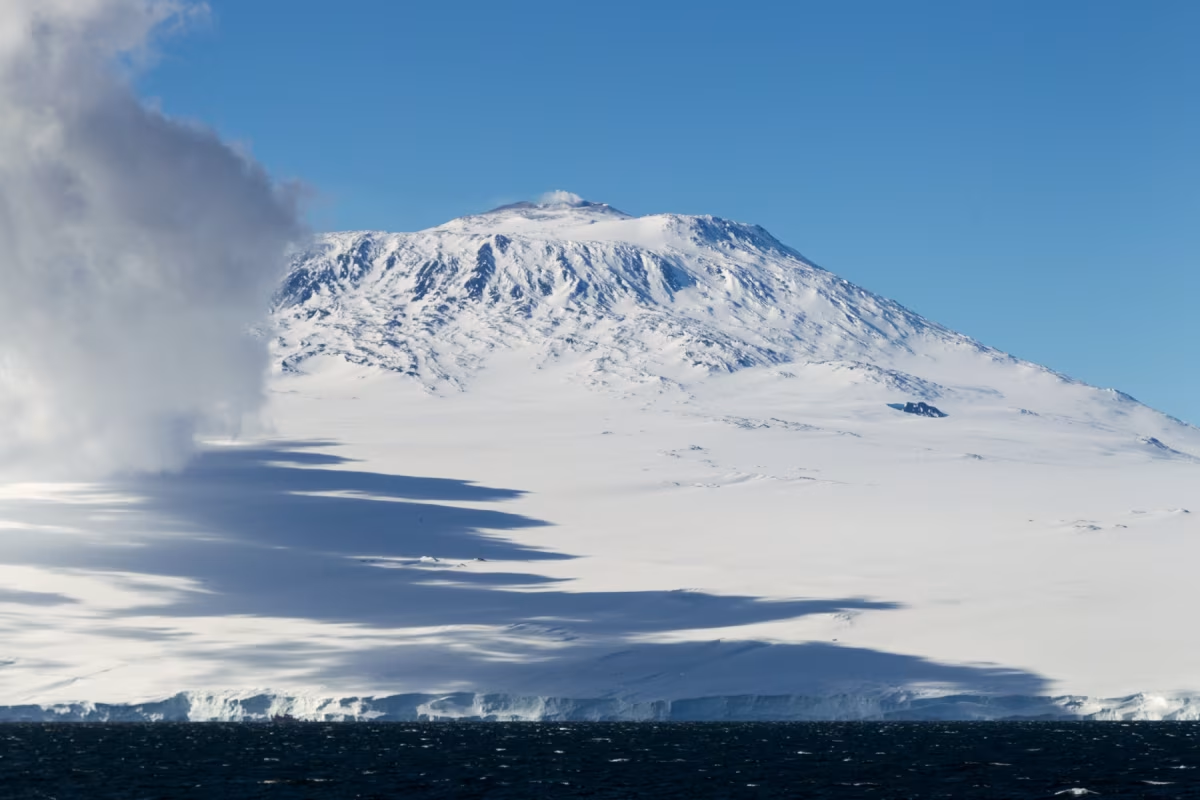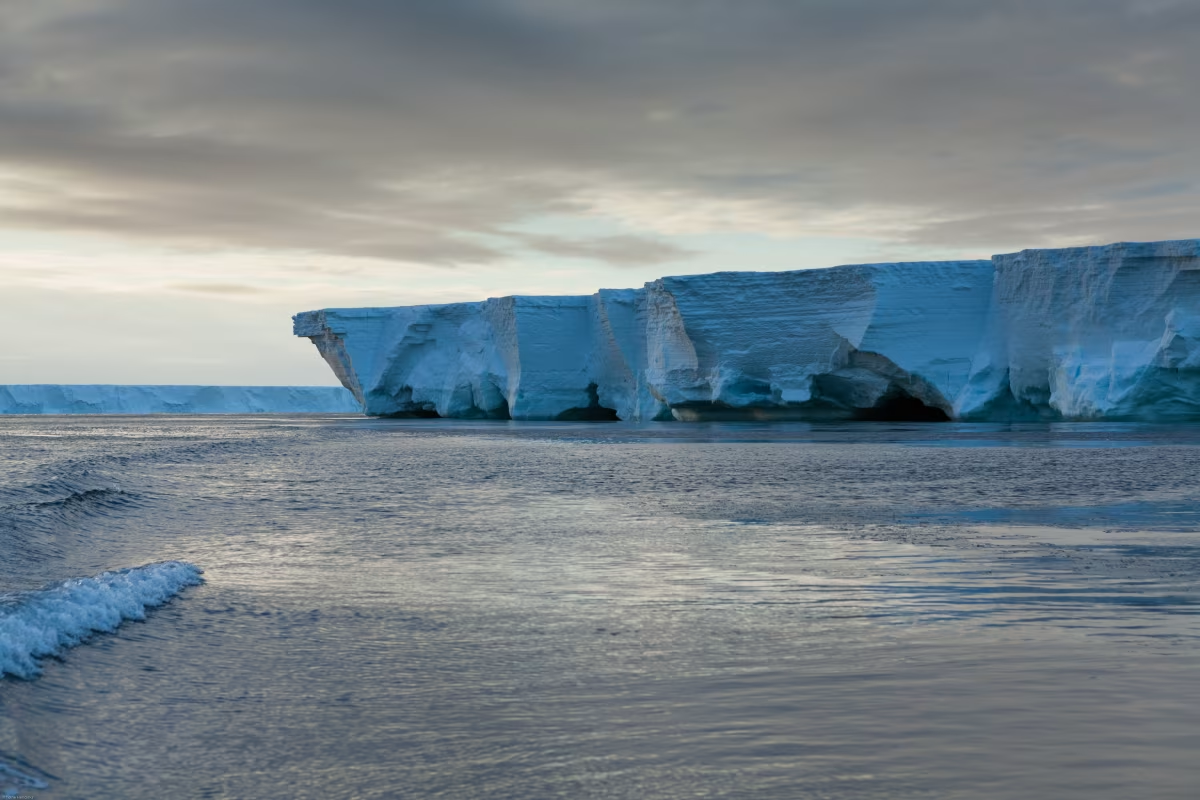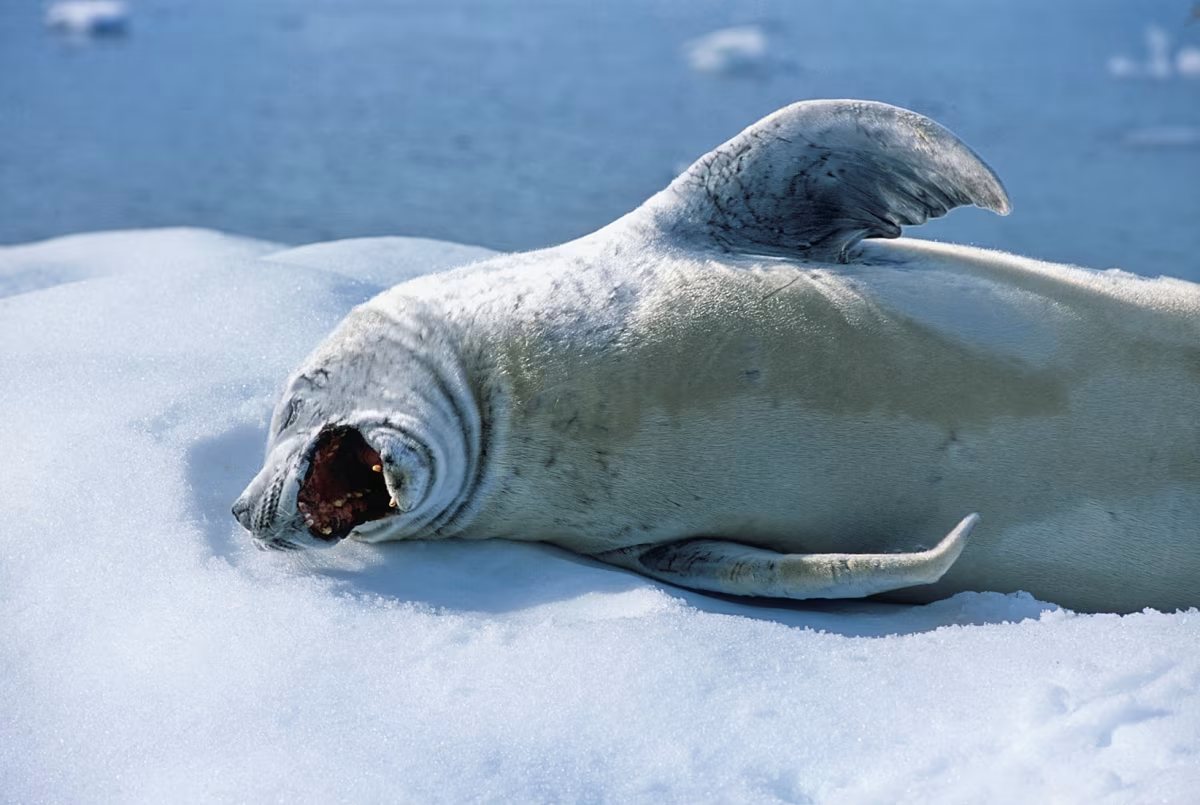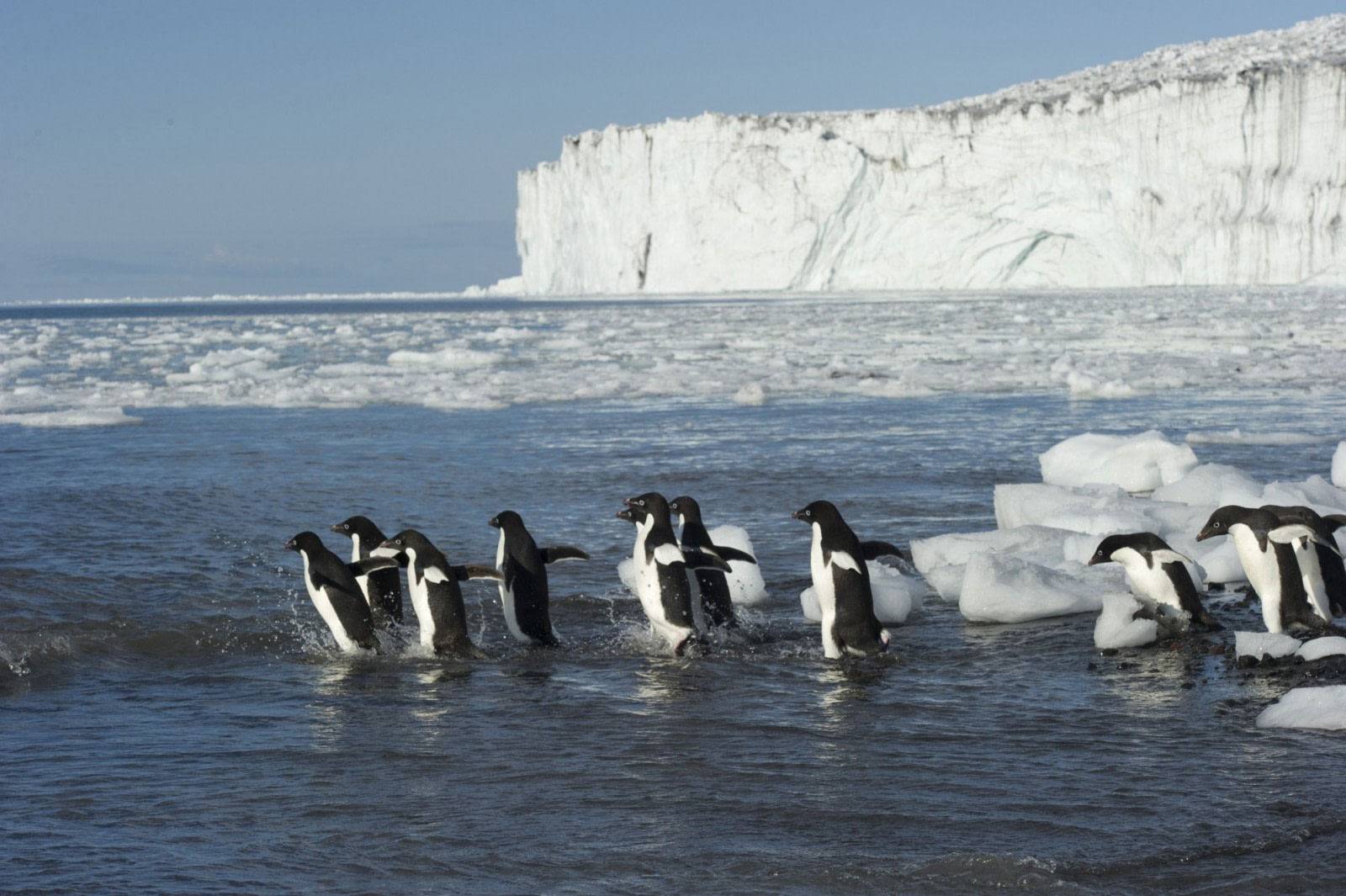The bio-richness of the Ross Sea
The Ross Sea is one of the most beautiful and pristine marine regions in the world. The sea – which is frozen solid for much of the year – covers 3.6 million square kilometres (1.4 million square miles) along the Antarctic coast south of New Zealand. Its waters support a biologically diverse ecosystem of species that have thrived, unchanged, for thousands of years.
Scientific history of the Ross Sea
The first ships to enter the Ross Sea were the HMS Erebus and Terror, commanded by Royal Navy Captain James Clark Ross in 1842. The period from the late 19th century till the early 1920s is deemed the Heroic age of Antarctic exploration. During this period, the Antarctic continent became the focus of geographical exploration and scientific research. Expedition leaders during the Heroic age include Ernest Shackleton, Roald Amundsen, Douglas Mawson and Robert Falcon Scott. With Shackleton sailing for the Antarctic on a ship called Nimrod in 1908 while Amundsen led the first Antarctic expedition to reach the pole.
The expeditions of the Heroic age laid the foundation of scientific knowledge on Antarctica resulting in the Ross Sea having one of the longest histories of scientific research in the Southern Ocean with records stretching back over 170 years. This includes 50 years of continuous records of marine hydrography, Weddell seal demographics, Adélie and Emperor penguin population change and changes in Antarctic toothfish populations.

View to Mount Erebus - named after the HMS Erebus
Scientific uniqueness of the Ross Sea
The Ross Sea, including the continental shelf and slope, is unique in terms of ecology and climate. In particular:
- Its broad continental shelf (the most extensive in Antarctica);
- Extreme seasonality (there is complete darkness in winter);
- Extensive iceshelf (the largest in the world covering half of the continental shelf);
- Substantial vertical and horizontal water mass exchanges (providing a dynamic environment for a very rich biota sustained by some of the highest productivity in the Southern Ocean).
Because of its unique ecological and climatic factors, the Ross Sea is an ideal location for studying the evolution of marine species and for determining the biological effects of climate change.

The Ross Ice Shelf
Bio-richness of the Ross Sea
The Ross Sea – despite comprising only 3.2 percent of the Southern Ocean – is home to the highest global percentages of several species including 50 percent of killer whales, 45 percent of Weddell seals, 38 percent of Adélie penguins and 26 percent of Emperor penguins. In addition, the Ross Sea is an Antarctic biodiversity hotspot due to its richness of benthic invertebrate fauna, its thousands of species and its numerous species of ancient lineage.
One species identified as a unique evolutionary case are Notothenioids, or icefish. Icefish are highly prevalent in the Ross Sea and despite lacking a swim bladder inhabit many levels of the water column. Some species of icefish have attained neutral buoyancy through reduced mineralisation of their skeleton and increased fatty deposits. Icefish also produce an anti-freeze glycoprotein that enables them to tolerate cold Antarctic waters. Fish in the Ross Sea have also evolved to survive in the most unhospitable locations: recently a National Scientific Foundation-funded expedition, who were drilling through the Whillans Ice Stream, a glacier that flows from the West Antarctic Ice Shelf to the Ross Ice Shelf, discovered fish and other aquatic animals living in perpetual darkness and cold beneath a roof of ice 740 metres thick.
This bio-richness is a result of a unique food web and upwelling regions in the Ross Sea:
- Unique food web: while primary producers (phytoplankton) in the lower trophic levels, including diatoms, haptophytes, dinoflagellates and cryptophytes, are present the smaller components of the microbial food web from tropic and sub-tropical regions are absent. This causes the mean size of the average primary producer to be larger, increasing the net transfer to the higher tropic levels.
- Upwelling regions of the Ross Sea: upwelling is an oceanographic phenomenon that involves the motion of cooler, denser nutrient rich waters towards the sea surface, replacing the nutrient depleted surface waters. Upwelling regions promote positive primary productivity areas (phytoplankton blooms) allowing for greater diversity in organisms. This makes the Ross Sea a site of evolutionary significance with a level of diversity higher than that of many other polar regions.

Crabeater seal in Antarctic
As such, the Ross Sea needs to be treasured to ensure its biologically diverse ecosystem, which has thrived, unchanged, for thousands of years, remains unchanged forever.

